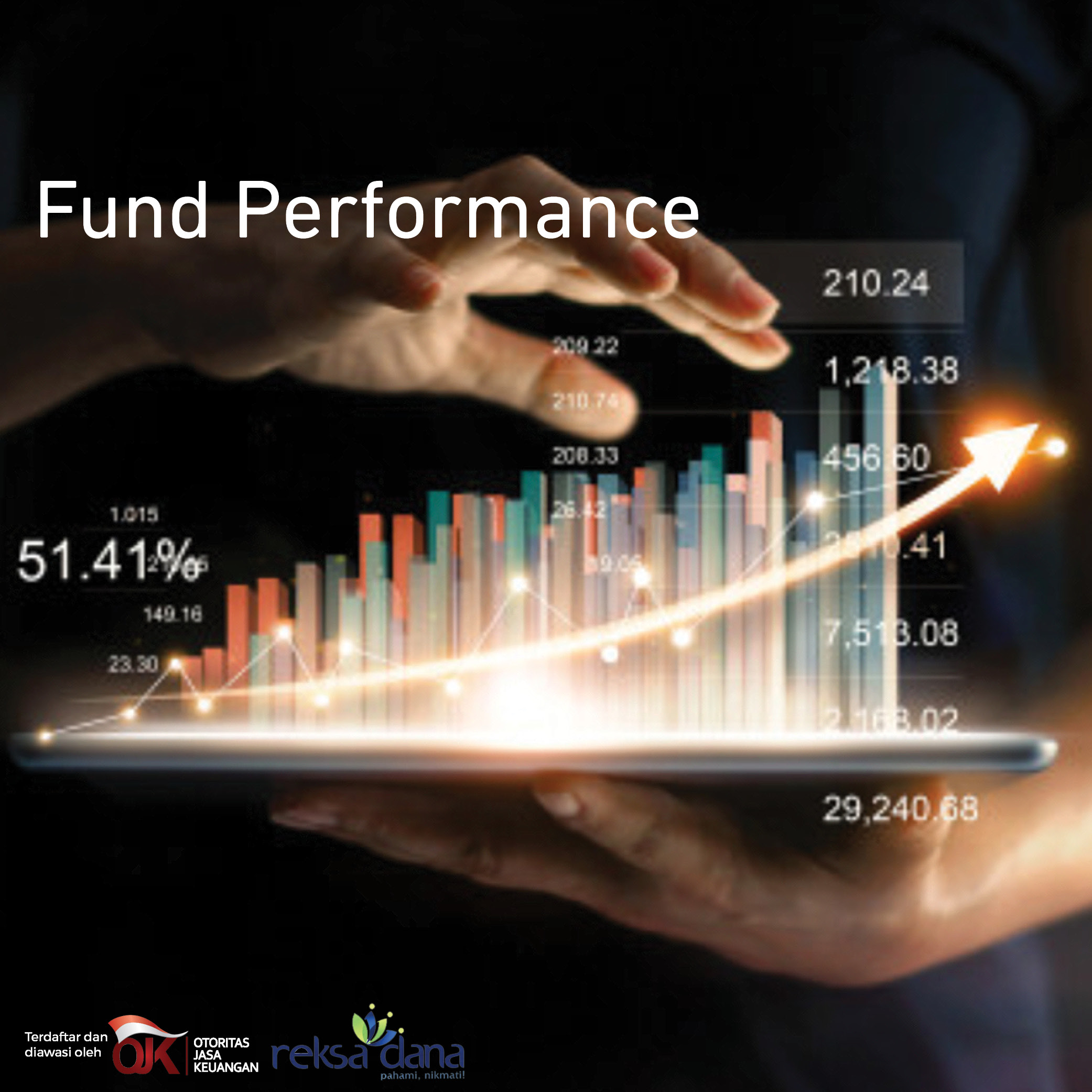22nd straight month of surplus
Statistics Indonesia reported a trade surplus at USD3.83 bn in Feb-22. The surplus was way higher than our estimate and consensus at USD1.68 bn and USD1.75 bn, respectively. In Feb-22, the export rose by 6.73% MoM (34.1% YoY) to USD20.5 bn, while the import declined by 8.64% MoM (+25.4% YoY) to USD16.6 bn. Related to the rising global political tension between Russia and Ukraine, we assess that the war has no major direct impact so far but indirect impact, ranging from food prices to energy.
Export performance reading
Based on sector, OG sector and mining sector increased but agriculture and manufacturing sector decreased in monthly basis. From the selected non-OG sector, the biggest contributor (11.2% of total export) came from Animal and Vegetable Fat (HS 15) where it jumped by 141.5% MoM to USD2.99 bn. From the selected top export commodities, the highest growth came from Tins (HS 80) at 474.3% MoM to USD292.3 mn.
Expansive domestic manufacturer
IHS Markit Indonesia Manufacturing Purchasing Managers’ Index (PMI) slipped from 53.7 in Jan-22 to 51.2 in Feb-22. The index moved above the 50-threshold for fifth straight month, signifying the expansion. All of imported goods based on the usage decreased on monthly basis: consumption goods (-23.9% MoM), raw material/ intermediary goods (-7.22% MoM) and capital goods (-7.03% MoM). From the selected non-OG sector, the biggest contributor (16.4% of total import) came from Machinery (HS 84) where it decreased by 9.87% MoM (+32.2% YoY) to USD2.30 bn. From the highest growth, it was Ores, Slag and Ash (HS 26) at 325.7% MoM (18.2% YoY) to USD116.5 mn.
Trading with Russian and Ukraine
In 2021, Indonesia recorded a trade surplus at USD0.24 bn from Russia through USD1.49 bn of export (0.65% of total export) and USD1.25 bn of import (0.64% of total import). Overall, Russia contributed 0.54% of trade value to Indonesia. On contrary, Indonesia recorded a trade deficit from Ukraine at USD0.62 bn through USD416.9 mn of export (0.18% of total export) and USD1.04 bn of import (0.53% of total import). Overall, Ukraine contributed 0.45% of trade value to Indonesia in 2021. We can conclude that both countries are not major trade partners of Indonesia. Thus, we see the direct impact of the war is limited.
Impact of Russian-Ukraine conflict on staples
However, the direct impact will be borne by the food industry as 75% of Indonesia's wheat imports are from Ukraine. Wheat is a key ingredient for noodle, flour and bread producers. Moreover, the wheat granaries are in the eastern region, which is close with Russian invasion. On top of that, there is an increase of flour consumption currently according to Flour Producers Association (Aptindo) where the domestic flour consumption rose 4.6% YoY in 2021. Thankfully, the other top sources of wheat are coming from Argentina and Australia, which are not impacted by the supply disruption so Indonesia can substitute the wheat from Ukraine.
Impact of Russian-Ukraine conflict on commodity
The indirect impact is greater. The conflict has raised the energy prices as Russia is one of top global energy producer. There are several commodities that record a price hike, year-to-date: nickel (132.6%), coal (69.1%), oil (26.4%), aluminum (12.6%), and copper (2.28%). There were efforts to stabilize the commodity price so we can see the price toned down in the second week of Mar-22. We expect the export in Mar-22 will be higher due to the rising commodities price.
Unchanged policy rate
The thick trade surplus provides liquidity and stronger external resilience for Indonesia. We still expect the trade balance will go back to deficit in 2Q22 anyway. However, amid the thick trade surplus, we see that Bank Indonesia (BI) will hold the BI-7DRRR at 3.5% in the next BoG Meeting in Mar, 16th – 17th 2022 as there is no fundamental uptick in inflation so far.
















